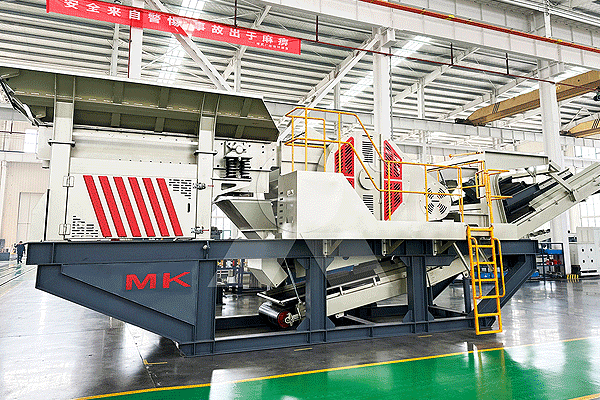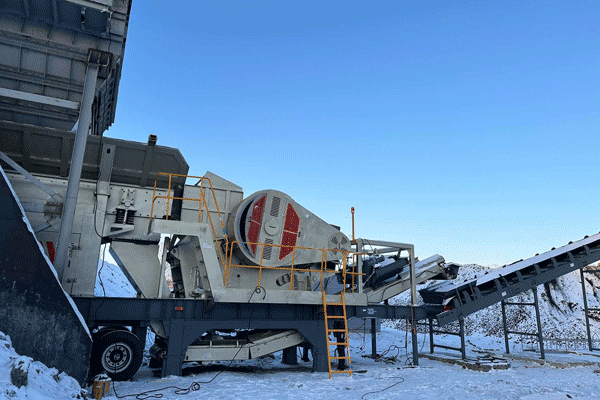Fixed Jaw Plate for Crusher in Africa: Essential Insights
The mining and construction industries in Africa rely heavily on crushers to break down large rocks and minerals into manageable sizes. Among the critical components of these machines, the fixed jaw plate plays a pivotal role in ensuring efficient crushing operations. This article explores the importance, materials, maintenance, and challenges associated with fixed jaw plates in African crushers, providing valuable insights for operators and engineers.
—
1. Importance of Fixed Jaw Plates
Fixed jaw plates are integral to jaw crushers, working alongside movable jaw plates to apply compressive force on raw materials. Their primary functions include:
- Crushing Efficiency: The design and material of fixed jaw plates directly impact crushing performance. High-quality plates ensure consistent particle size reduction.
- Durability: Given Africa’s harsh operating conditions—abrasive ores, extreme temperatures, and dust—fixed jaw plates must withstand prolonged wear.
- Cost-Effectiveness: Frequent replacements due to poor-quality plates increase downtime and operational costs.
- Most widely used due to its exceptional hardness (typically 14–22% manganese content).
- Self-hardening properties under impact make it ideal for abrasive conditions.
- Limitations: Prone to deformation if subjected to excessive pressure.
- Offers superior wear resistance compared to manganese steel.
- Suitable for processing highly abrasive materials like quartz or basalt.
- Drawback: Higher brittleness may lead to cracking under heavy loads.
- Emerging solutions combine metals with ceramics or other alloys.
- Balance between toughness and wear resistance.
- Often customized for specific applications (e.g., gold or diamond mining).
- Check for cracks, uneven wear, or deformation every 100–150 operating hours.
- Replace plates if wear exceeds 30–40% of their original thickness.
- Misalignment between fixed and movable jaws accelerates wear.
- Ensure correct installation using manufacturer guidelines (or consult technical manuals).
- Remove accumulated debris to prevent unnecessary friction.

In Africa’s resource-rich regions like South Africa, Ghana, and Zambia, crushers process hard materials such as granite, iron ore, and copper. A robust fixed jaw plate is indispensable for maintaining productivity.
—
2. Material Selection for Fixed Jaw Plates
The choice of material determines the plate’s lifespan and performance. Common materials include:
a) Manganese Steel
b) High-Chromium Iron
c) Composite Materials
Regional Consideration: In West Africa’s bauxite mines or Southern Africa’s platinum fields, selecting locally tested materials ensures compatibility with regional ore characteristics.
—
3. Maintenance Best Practices
Prolonging the life of fixed jaw plates reduces operational disruptions:
